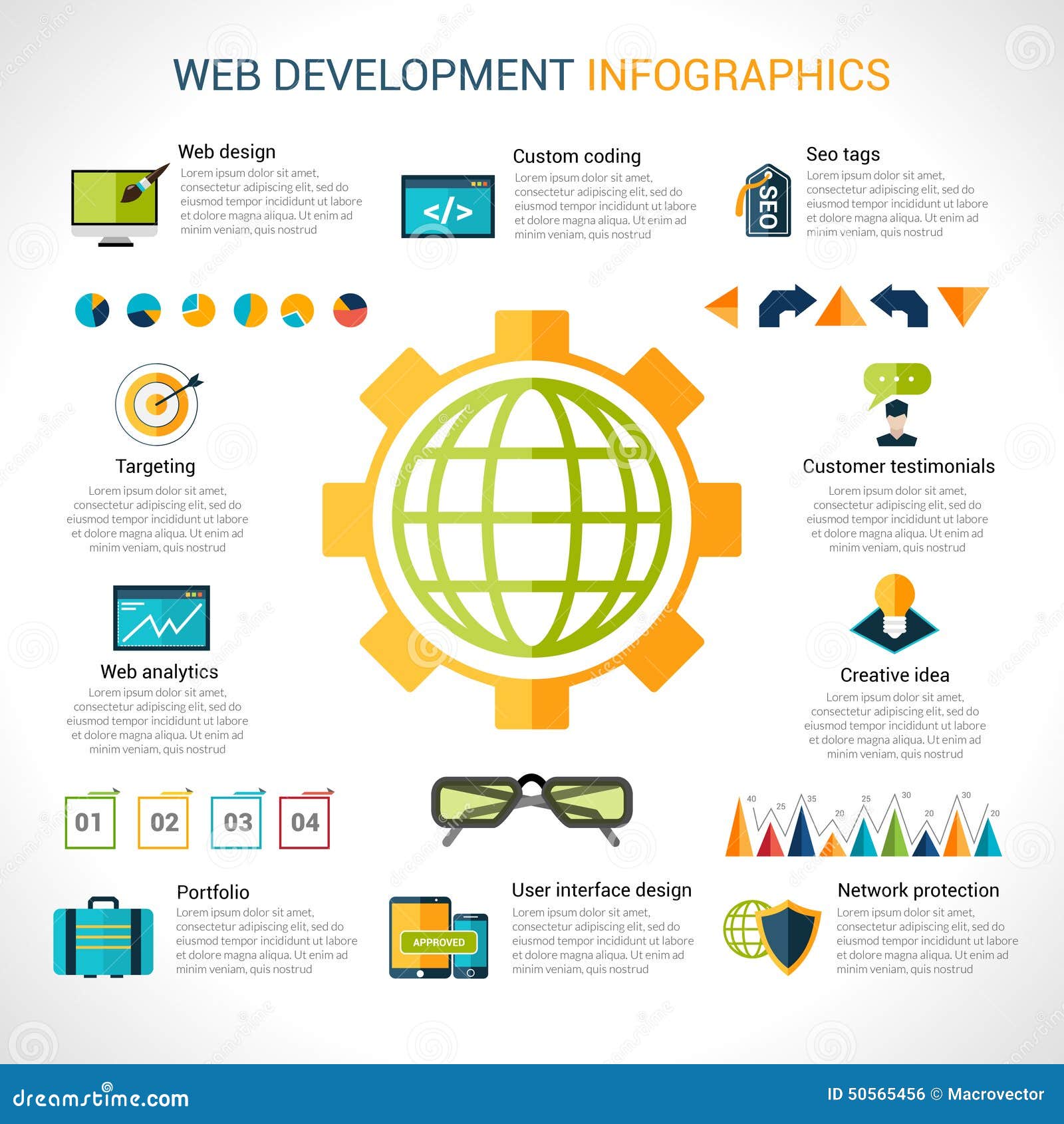Internet Site Layout Basics: Tips For Building A User-Friendly Website
Internet Site Layout Basics: Tips For Building A User-Friendly Website
Blog Article
Author-Scarborough Neville
When it concerns site design, guaranteeing user-friendliness is vital. From receptive design to structured navigating, every component plays a crucial duty in producing a site that accommodates your target market's demands. But what regarding the better information that can make or break a customer's surfing experience? Stay tuned as we reveal some often-overlooked tips that can elevate your website's functionality to the next degree, making it genuinely stick out in the digital landscape.
Significance of Responsive Design
Responsive design is a critical element of contemporary web site advancement. Ensuring your website is receptive means that it can adjust to different screen sizes and devices, supplying a seamless experience for users.
With the boosting use of smartphones and tablets to access the web, having a receptive design is necessary for getting to a broader target market. It helps in improving individual experience by making your website easy to navigate and keep reading any tool.
In ada requirements website , responsive design can positively impact your search engine positions, as search engines like Google focus on mobile-friendly internet sites. By having a responsive style, you're additionally future-proofing your internet site, as brand-new tools with differing display dimensions remain to emerge.
Simplify Navigation Framework
To enhance individual experience and promote easy access to details on your website, simplifying the navigation framework is vital. When making your site, focus on creating a clear and user-friendly navigating menu that aids visitors locate what they're searching for quickly.
Limit the variety of food selection items to the basics, organizing associated pages with each other to stay clear of frustrating users. Use descriptive labels that plainly show the material of each web page, making it simpler for individuals to recognize where each web link will take them.
Consider applying dropdown food selections for subcategories to avoid jumbling the major navigation bar. Furthermore, include a search bar plainly on the page for customers that choose searching for specific details.
Prioritize mobile responsiveness in your navigation design to make sure easy accessibility on all gadgets.
Optimize Web Page Lots Rate
Improving page load speed is vital for preserving visitors on your web site. Slow-loading web pages irritate individuals and can result in high bounce prices. To optimize page lots speed, start by enhancing photos. Press images without endangering top quality to minimize their file dimensions.
In addition, make it possible for browser caching to keep often accessed sources in your area, quickening load times for returning visitors. Minify CSS, JavaScript, and HTML files by getting rid of unneeded characters, comments, and formatting, boosting lots speed.
Consider utilizing a web content delivery network (CDN) to disperse your site's content throughout multiple web servers worldwide, reducing latency for users accessing your website from different places. Lastly, restrict making use of third-party manuscripts and plugins, as they can significantly influence lots times.
Conclusion
To conclude, by including receptive layout, simplifying navigating, and optimizing page tons speed, you can produce an easy to use internet site that interest a broader target market and enhances user experience. website content developer that visitors can easily access and browse your website throughout different gadgets, bring about raised interaction and contentment. By concentrating on these crucial elements, you can develop a successful internet site that maintains customers returning for even more.
